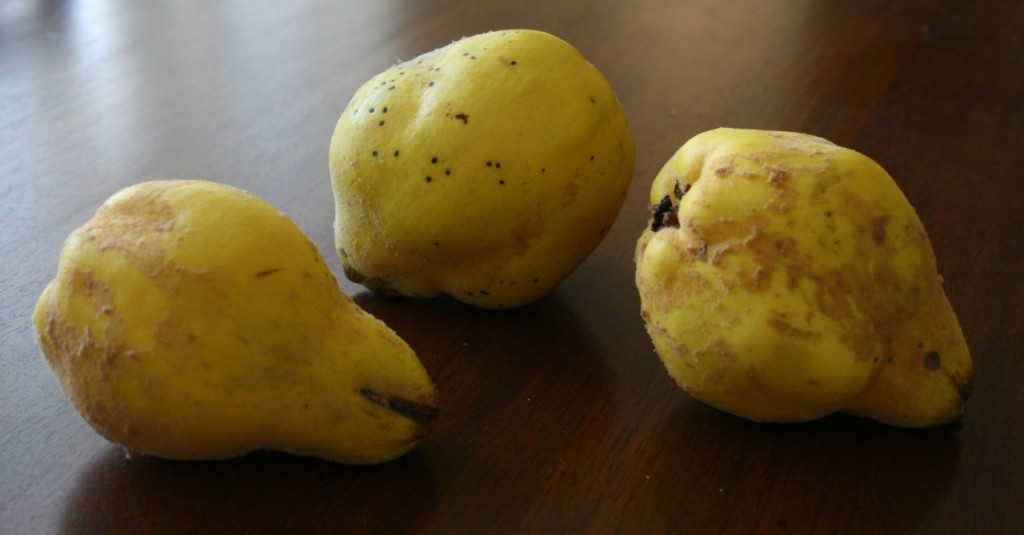I like to do my culinary science the right way. Standardisation, controls, a well-thought-out experimental design. This isn’t always possible to achieve on the fly, however, so tonight’s dinner should be considered as exploratory experimental work that will require rigorous follow-up. Fortunately fritters lend themselves to this kind of experimentation, as you can fry a couple, taste, modify the batter, fry another couple, modify again, and so on.
I felt like corn and zucchini fritters for dinner, and wanted to try making them with besan flour. I prepped the vegetables: corn, zucchini, scallions, coriander leaves and chili flakes. I then made up a batter based on this recipe: besan flour, plain flour, salt and water. Mixed the vegetables and the batter, fried the first batch of four, and split one with Ted for a taste test. Not bad! They were particularly good hot off the pan, crispy on the outside and light and toasty inside. I wondered, however, whether they might not be better with a little bit of feta crumbled in. So I added some feta to the mix, and cooked up another four. These were also good straight off the pan, though the feta was a little dominating in flavour. Still, the cheese was in there now, so we pressed on and cooked another four, leaving the rest on a plate underneath a tea-towel to stay warm until we were ready to sit down.
We were pretty peckish at this point, so while cooking we split another one of the first feta fritters once they had cooled down a bit, and actually the flavour was pretty good – more appealing than the no-feta version. Both the feta-free and feta-ful versions, however, were getting slightly lumpen as they cooled. There was enough mixture left for two more fritters, so I added about a quarter of a teaspoon of baking powder to this before frying them off. Ah ha! Now we see a difference – there were a few little bubbles rising to the surface as we cooked the first side, and the fritters were puffier and had straighter sides. Fresh off the pan, the first one of these that we shared was softer and lighter than the previous versions, and tasted great.
We sat down to eat a few more, with some salad and roast tomatoes. After about 5 minutes, when all of the fritters had had a chance to cool down a bit, we did a side-by-side tasting of the three versions. The first version (no feta, no baking powder) was ok, but quite dense. The second (feta, no baking powder) was noticably softer than the first version, and the feta added some more interest to the flavour. The third (feta, baking powder) was quite similar to the second, but still a little lighter.
So, the secret is feta and/or baking powder, right? Perhaps, but I am tormented by the confounding variables. The feta-free fritters were cooked earliest, so were the coldest, and maybe that’s why they seemed less good. What if I cooked the different batches for different times, so that the first set were actually just overcooked? What if the performance of the batter improves with sitting – some fritter recipes do call for a resting period before you start cooking. There’s no way to disentangle these factors! I need to make three batters in parallel, rest them the same amount of time, and then fry a fritter from each batter in the same pan at the same time, using the same amount of batter for each one. Only then will I know the truth. Until then, the recipe below is the one I currently hypothesise to be the best. Further testing required (and I will be happy to oblige – these were damn good fritters).
Corn, zucchini and besan flour fritters
2 medium zucchini, finely julienned on a mandoline
kernels cut from 2 cobs of corn
4 scallions, finely sliced
2 large handfuls of coriander leaves, chopped
2 large pinches of chili flakes, or to taste
150 g besan flour
3 tablespoons plain flour
1 heaped teaspoon baking powder
salt and pepper
170-200 ml water
80 g feta, crumbled
olive oil
Sprinkle the julienned zucchini well with salt, and leave to drain in a colander or sieve for 30 minutes. Squeeze out excess water, the spread out over a tea-towel, roll it up lengthwise, and twist to squeeze out all the remaining liquid. Put the zucchini into a bowl with the corn, scallions, coriander leaves and chili flakes, and mix.
In another bowl, sieve together the besan flour, plain flour, baking powder, salt and pepper. Stir in the water, to make a thick batter. Combine this with the vegetables and the feta. The mixture should be thick but not excessively stiff. Add a little extra water to thin if necessary.
Heat a little olive oil in a frypan over moderate heat. Spoon fritter-sized portions of batter into the pan, and flatten them out so they are about 1 cm thick. Allow them to cook until browning on the bottom, then flip and continue to cook until golden on the other side and cooked in the middle. Remove to a plate and keep warm.
Makes about 14 fritters (about 7-8 cm in diameter).
We ate the fritters with some roast cherry tomatoes and some snow peas and pea shoots (all harvested from our garden! I was overly pessimistic about our chances of getting more ripe tomatoes on the weekend).




